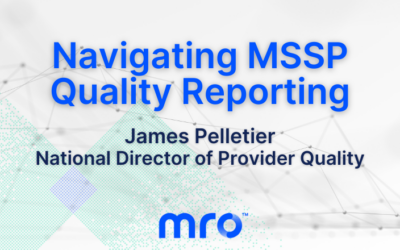I recently collaborated with Jacqueline Erickson, RHIA, CRCR, to provide HIM professionals with valuable advice on how to plan for their 2023 internal audits. This Journal of AHIMA article is an important launch point for anyone involved in HIM and coding audits.
Since nearly every department in hospitals and health systems faces staffing challenges, now is the time to proactively seek ways to streamline processes and eliminate redundancies. Internal coding audits programs are uniquely eligible for uncovering both time and cost savings in 2023. Here are seven essential planning tips to consider.
Take a moment to analyze current workflows and duplicative work.
Conduct a deep analysis of current workflows to identify time drains and repetitive tasks. Reengineer any steps within the internal coding audit process that are redundant or being done by multiple parties.
Use every internal and external data source available to inform audits.
Audit teams generally look ahead across two to three months and rely on data analysis to determine areas of risk. By tapping external data sources such as PEPPER, RACs, and Office of Inspector General (OIG) Work Plans, audit teams can quickly identify audit targets. Risk areas change every year, requiring diligent reviews and consistent focus on these reports.
Internal data produced by electronic health records (EHRs) and other systems are also good sources for reference when building an internal audit plan. This includes payer denial and audit statistics and prior audits for overbill and underbill.
Balance potential audit upsides with volumes.
Weigh the potential upsides of internal audits and education against the volume of charges and payments in recent years. There may be some areas where volumes have decreased, or educational efforts have succeeded to a point that no longer warrants the time, money, and effort of an internal audit.
Tap coding experts to help build the plan.
Work with coding experts to determine which ICD-10 and current procedural terminology codes are included for each risk area within the plan, and use technology to automate the criteria. This saves time and prevents duplicate account reviews.
Keep reporting internal audit outcomes.
Report outcomes and opportunities across key areas in the organization. Report quarterly to the executive leaders (compliance leaders, CMOs, and finance leaders) to maintain executive support and engagement.
Ask questions if cutbacks are necessary.
Curtailing internal audit programs is not a best practice, but if necessary, should focus only on the organization’s areas of highest risk based on volumes, charges, and organizational impact. Ask these questions:
- What has the denial and appeal performance been for this risk area?
- Do we need to continue auditing or would a more limited lens be satisfactory?
Consider new IT automation tools.
Innovative, intelligent tools are now available to replace the use of Excel spreadsheets for internal coding audits. Successful organizations are already enhancing their revenue cycles with technology to streamline processes.
To read our full article, visit the Journal of AHIMA.


